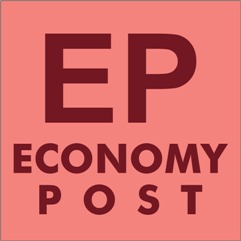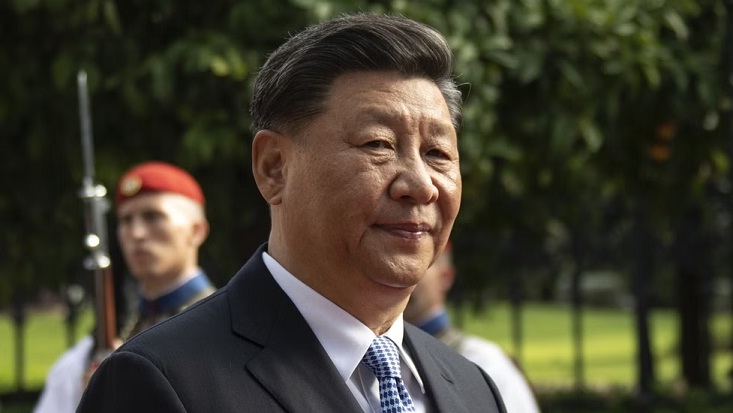China, the world’s second largest economy behind the US, is struggling on a multitude of geopolitical and economic fronts.
Reckoned as the factory of the world owing to its robust manufacturing supply lines, China has of late been facing a series of setbacks especially post pandemic.
On the geopolitical front, the Dragon enjoys frosty relations with most of its neighbours including India, Japan, Taiwan and South Korea apart from faraway nations such as the US and Australia due to its belligerent and expansionist policies.
To add to its set of challenges, the country is beset with tepid domestic demand, falling exports, troubled real estate and the protracted trade war with the US.
USA has now imposed restrictions on high tech exports such as microchips technology to China to curtail its geopolitical policies.
Now, following the property market slump, China has cut interest rate to shore up demand and help the beleaguered real estate players. But, respite is unlikely anytime soon!
In June 2023, China downgraded its GDP growth projection to 5 percent, the lowest in the last 25 years.
Moreover, China is left to navigate through the prospect of flagship foreign companies looking at options for their supply chain matrix under the China+ policy.
For example, Taiwanese IT major Foxconn and US phone maker Apple are now setting up bases in India to cater the world market.
Last year, China abandoned its zero Covid policy after it took a heavy toll on its economy and manufacturing sector, while angering ordinary Chinese as well.
While the global economy is weathering a persisting food and energy crisis owing to the Russia Ukraine war, the rising US interest rates have stoked flight of capital from the developing world to the US capital market.
In this heady mix of geoeconomic developments, the high economic growth posted by China over the last more than three decades has hit a plateau.
The ageing population and saturation in growth patterns across different sectors is here to stay so far as China is concerned.
At the same time, the Chinese debt trap in different Asian and African countries has begun to bite the Dragon as well following defaults and delay in repayments.
Top economists and analysts have forecast that China would grow at less than 5 percent in short to medium term; a far cry from its near 10 percent growth trajectory before pandemic.
Podcast -How is currency exchange rate fixed?
In this scenario, India has the opportunity to be a major beneficiary if the country rises up to the occasion and makes radical changes in its economic, monetary and fiscal policy framework.

